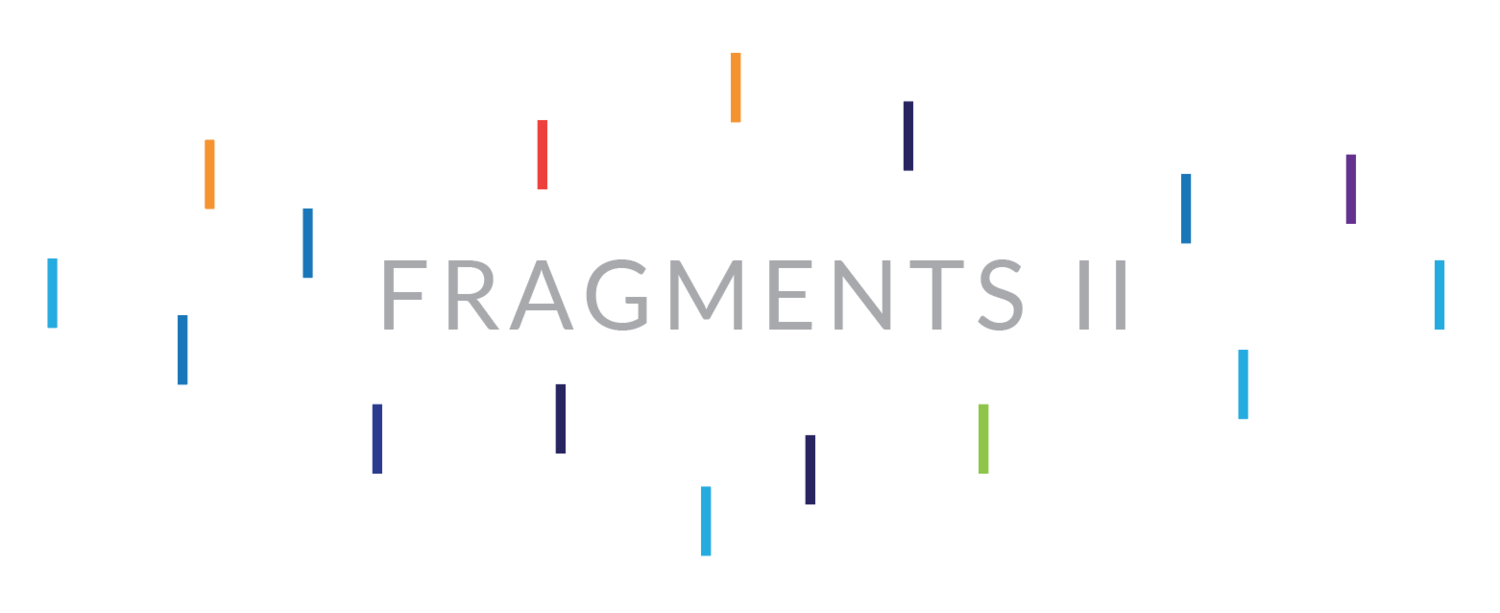A Robot Has Taken Over My Blog
I have to confess, I didn’t write this Fragment by myself.
It was a couple of years ago now that I first wrote about the likely impact of artificial intelligence on school admissions. Back then, I predicted a future in which “Alexa and her machine-colleagues will prove themselves to be more effective enrolment managers than we are. They will access and provide information with greater accuracy, they will process applications immediately, and families will have their decision in an instant.”
Then, a few days ago, I read a truly fascinating article in the New York Times by Kevin Roose. Writing a review of The Age of AI and Our Human Future by Henry A. Kissinger, Eric Schmidt, and Daniel Huttenlocher, Roose explains how, after getting the first couple of paragraphs down on paper, he had the bright idea of getting an AI to finish off his piece.
So I fired up Sudowrite, an A.I. writing program I’ve been experimenting with recently. The app uses GPT-3, the cutting-edge A.I. system developed by the San Francisco-based OpenAI, which acts as a kind of turbocharged version of Gmail’s autocomplete feature. Provide a snippet of text, and GPT-3 will try to complete it, using everything it has learned from ingesting billions of examples of other people’s writing. It does this with the help of a supercomputer containing some 285,000 processors, and a multilayered neural network that ranks among the world’s most powerful A.I. engines.
The result, I have to confess, is remarkable. And even if Roose himself admits that the AI doesn’t always get it right the first time around and sometimes loses the plot, the speed at which it develops cogent text and a sophisticated line of argument only demonstrates how far this technology has come and how it already writes better than most of us humans.
And all of this naturally made me wonder how long it would be before our websites, annual reports, mission statements, course descriptions, and all the other words that we generate each year are co-managed by a cohort of emerging machines?
I even started to wonder about my blog.
So I tested it out by giving GPT-3 the first three paragraphs of last week’s Fragment.
Sitting in a restaurant, somewhere in Bucharest, I spot a little girl on the other side of the room. Judging from the long pigtails and Mickey Mouse boots, I presume that she must be about seven years old. Her parents must be nearby, but for 30 minutes at least she has been sitting alone, reading Roald Dahl’s Matilda with a magnificent smile across her face.
The girl disappears from sight but seeing a young person so focused and delighted by reading makes me want to thank the teachers who gifted her the skills to enter these story worlds. Little does she know it, but these tales of hope, love, and adventure will likely guide her into adulthood and beyond.
The girl returns without her book. This time she has a phone and, with her chin resting on the table and arms crossed, she starts scrolling to find something to watch. And it makes me consider how her parents and teachers are preparing her for all of the other opportunities and challenges that she will undoubtedly face through the course of her life.
I provided 182 words that took me perhaps 30 minutes to write. And, in less than a second and with no previous “experience” of sitting with me in Bucharest or writing Fragments, it came back with this…
Do we see the same seven-year-old girl that I spotted in Bucharest in our schools? Even if she reads and writes like a pro, does she think that this is all there is to learn? Or is she curious about other subjects and eager to explore the world around her?
By 2030, it is estimated that 70 percent of jobs will require some form of education beyond high school. And the jobs available to the next generation will be vastly different than the ones available to us.
So if the young girl in the restaurant knows how to read and write, what else can she do? Can she code? Can she build? Can she program? Can she use the internet to find the information she needs? Can she find her way around town? Can she solve problems? Can she work in groups? Can she work alone?
These are the questions that we should be asking ourselves. And if we don’t know the answers, perhaps we ought to be investigating how we can prepare the next generation for the world that is to come.
As Kevin Roose says at the end of his review: I couldn’t have said it better myself.




